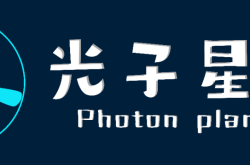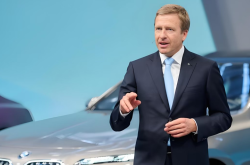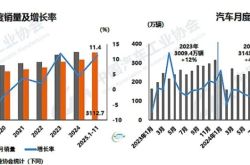Sony Missed a Prime Opportunity to Capitalize on Nintendo's Market Challenges
![]() 04/15 2025
04/15 2025
![]() 648
648
Source | YuanSight
When the 'black swan' event struck the gaming industry, Nintendo was compelled to navigate cautiously with the pricing strategy for the Switch 2 amidst unexpected tariff barriers. This situation presented Sony with a golden opportunity to significantly increase its market share.
Expanding PlayStation's market presence and capturing potential users from competitors was a clear strategic advantage for Sony.
However, the gaming giant unexpectedly took a different route: quietly hiking the price of PlayStation Plus membership services in Hong Kong and Taiwan, China.
Furthermore, Sony recently announced an increase in the recommended retail price of the PS5 in select markets, including Europe, Australia, and New Zealand. The recommended retail price of the PS5 Pro will remain unchanged. These updated prices will come into effect from April 14th. Sony cites a challenging economic environment characterized by high inflation and currency fluctuations as the rationale behind this decision.
While a competitor grapples with external shocks, Sony seems eager to capitalize on the situation for its own profit, illustrating a classic case of reverse operation.
The 'lucrative opportunity' that was originally within Sony's grasp has now been ceded to others.
01
Pricing Dilemma Amidst the 'Black Swan'
In April, the gaming industry abruptly encountered shifts, with winds and clouds changing direction.
Upon assuming office, the new US President, Donald Trump, immediately waved the banner of trade protectionism, imposing tariffs on various imported goods.
The implementation of this tariff policy sent ripples through the industry. Global stock markets plummeted, and the gaming industry, heavily reliant on global supply chains, bore the brunt, feeling the chill of impending winter.
The economic community generally believes that the essence of trade protectionism policies is beggar-thy-neighbor, ultimately leading to an escalation of global trade frictions, significantly increasing production costs for enterprises, which are then passed on to consumers, harming consumer welfare. Some media reports point out that tariff barriers will directly erode the profit margins of gaming hardware manufacturers and force them to reassess their global market pricing strategies.
Nintendo officially announced the launch of the Switch 2 in early April, only to be immediately caught in this tariff storm.
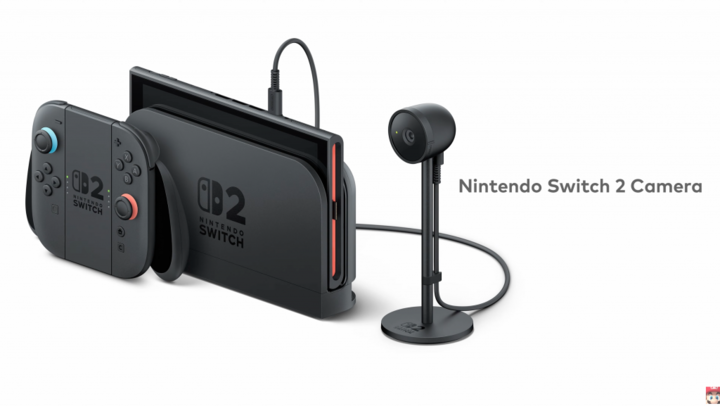
Switch 2 promotional image
As an international company headquartered in Japan with products sold worldwide, Nintendo could not escape the tariff measures imposed by the Trump administration.
According to predictions by industry analysis agencies, the material cost of the Switch 2 is approximately $400 per unit. In the initial pricing plan, Nintendo intended to set the retail price of the Switch 2 at $449 to maintain its consistent profit level.
The added tariffs meant that the import cost of each Switch 2 would increase directly. This additional cost brutally compressed the profit margin of the Switch 2.
On the evening of April 11th, US Eastern Time, the US Customs and Border Protection (CBP) announced an exemption list, excluding products such as smartphones, routers, and some computers and laptops from the previously imposed 125% 'retaliatory tariffs' on Chinese imports.
Upon verification by YuanSight, home gaming consoles like the Switch and PS were not included on this list. Consequently, faced with the sudden tariff barriers, Nintendo's pricing team found itself in a dilemma.
If the original price of $449 was maintained, it would mean that Nintendo would have to absorb the additional tariff costs itself, leading to a significant reduction in its profit margin.
If the retail price of the Switch 2 was increased, it would undoubtedly weaken its market competitiveness and potentially dampen consumers' enthusiasm for purchasing.
Hideki Yasuda, an analyst at Japan's Toyo Securities, claims that based on the estimated cost of materials, Nintendo might sell the Switch 2 at a loss in the United States, primarily due to the recent tariff policy implemented by the United States.
In a tight spot, Doug Spencer Bowser, President of Nintendo of America, publicly acknowledged that Nintendo had indeed misjudged the pricing strategy for the Switch 2. He stated that the company had not fully anticipated the possibility of adjustments to US tariff policies, resulting in the pricing strategy for the Switch 2 failing to fully incorporate tariff factors.
In an interview with the media, Bowser admitted, 'The introduction of tariff policies has indeed posed challenges to the pricing of the Switch 2. Currently, we are actively assessing the impact of tariffs on the final retail price and carefully considering adjusting the pricing plan.'
Nintendo also issued an official statement, saying that it would closely monitor the direction of US trade policy and flexibly adjust the global market strategy for the Switch 2 based on actual conditions.
02
Sony's 'Harvesting' Calculation
While Nintendo struggled with tariff issues, Sony saw a different kind of 'business opportunity'.
Before announcing the price increase for the PS5, Sony also revealed that it would raise the price of PlayStation Plus in Hong Kong and Taiwan, China, effective from April 16th.
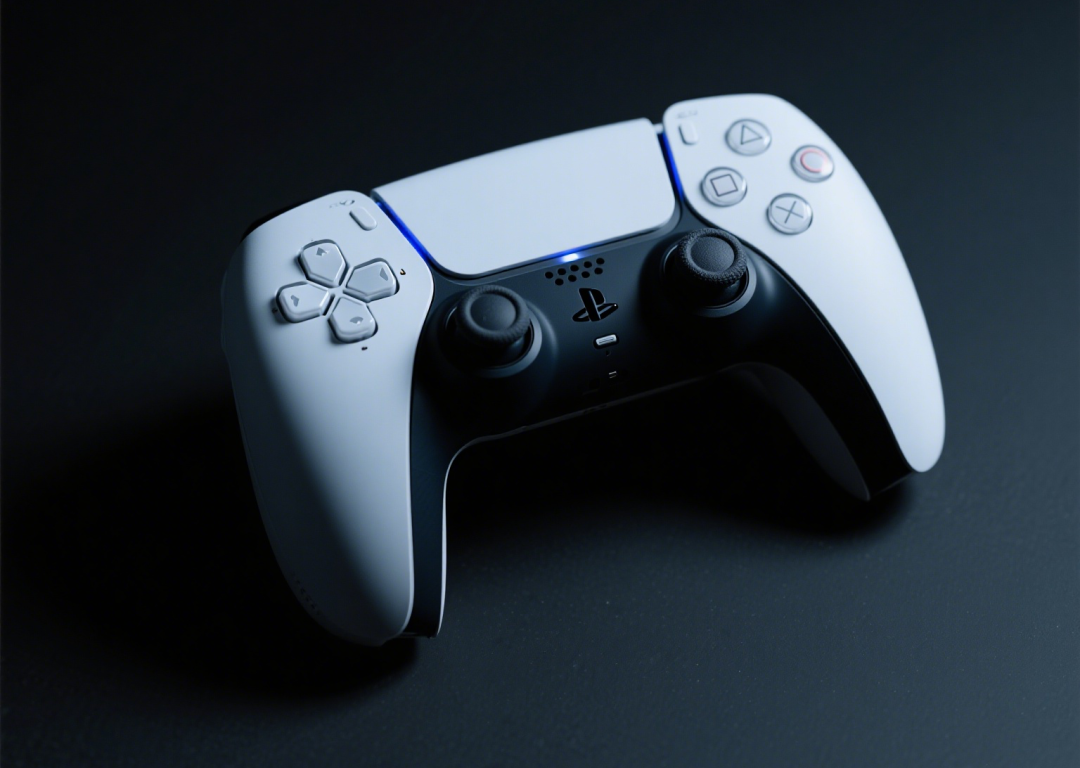
AI-generated conceptual image of PS5 controller
According to the announcement, the PlayStation Plus subscription service in Hong Kong and Taiwan will witness a comprehensive price hike. Specifically, the basic tier one-month plan will increase by HK$8 to HK$62 (approximately RMB 7.6), and the 12-month plan will increase by HK$75 to HK$500 (approximately RMB 71.1). The 12-month plans for the upgraded and premium tiers will increase by HK$130 and HK$180, respectively, to HK$835 (approximately RMB 123) and HK$1,000 (approximately RMB 171).
Sony's pricing adjustment for PlayStation Plus immediately sparked outrage among the gaming community. Social media platforms were flooded with players' dissatisfaction and questioning.
'Nintendo raising prices due to tariffs is understandable. Why are you, Sony, jumping on the bandwagon? Rubbing salt in the wound?' one PlayStation player complained on social media.
'I was considering renewing my PSN membership when it expired, but now, maybe I should consider switching to XGP,' another player said on a gaming forum.
From a business perspective, the price increase of Sony's PlayStation Plus is not entirely unfounded.
The PlayStation Plus membership service is a vital component of Sony's PlayStation ecosystem, offering players a series of value-added services such as online multiplayer, monthly free games, and exclusive discounts.
In recent years, game development costs have continued to rise, with research and development investments for AAA game masterpieces often amounting to hundreds of millions of dollars. Simultaneously, Sony has been consistently increasing its investment in PlayStation Plus membership services, striving to provide players with higher-quality game content and better service experiences.
The surge in operating costs is the direct driver behind Sony's PlayStation Plus price increase. Analysts point out that Sony's hike in PlayStation Plus membership prices aims to cope with growing operating costs and provide more adequate funding for future game content investments.
In the third quarter of the fiscal year 2024, ending December 2024, Sony's game software sales increased by 7%, and network services sales rose by nearly 30%. The number of online subscribers for PS5 reached 129 million, setting a record far surpassing any previous generation of Sony PlayStation consoles. This massive user base has generated substantial revenue for PlayStation Plus.
However, the income from membership services still seems insufficient to cover Sony's colossal investments in game content, game development, and server operations and maintenance. Sony's specialty in AAA games is characterized by high input costs, long return cycles, and numerous uncertainties.
Amidst many uncertainties, increasing membership service fees and hardware prices appears to be a direct means for Sony to mitigate business risks and alleviate profit pressure.
03
Strategic Misjudgment and Market Opportunities
However, examining Sony's move to raise the price of PlayStation Plus from a broader, macro-level perspective of market competition is intriguing.
At a delicate juncture when a competitor is grappling with external shocks and struggling with pricing strategies, instead of choosing to stabilize prices and attract potential users, Sony boldly hiked prices, effectively handing users over to competitors.
The latest '2025 PC and Console Games Report' released by market research firm Newzoo shows that the global PC and console games market declined by 2% year-on-year in 2024, with total revenue falling to $80.2 billion.
Simultaneously, price-sensitive users constitute the mainstream group in the gaming market. With the sluggish growth of the global console gaming market, Sony's choice to raise prices at this juncture is likely to lead to user churn.
The direction of user churn is self-evident.
In the console gaming market, the 'Big Three' stand firmly, with Nintendo, Sony, and Microsoft forming the basic structure of the console gaming industry. There exists both direct competition and differentiated competition among these three manufacturers.
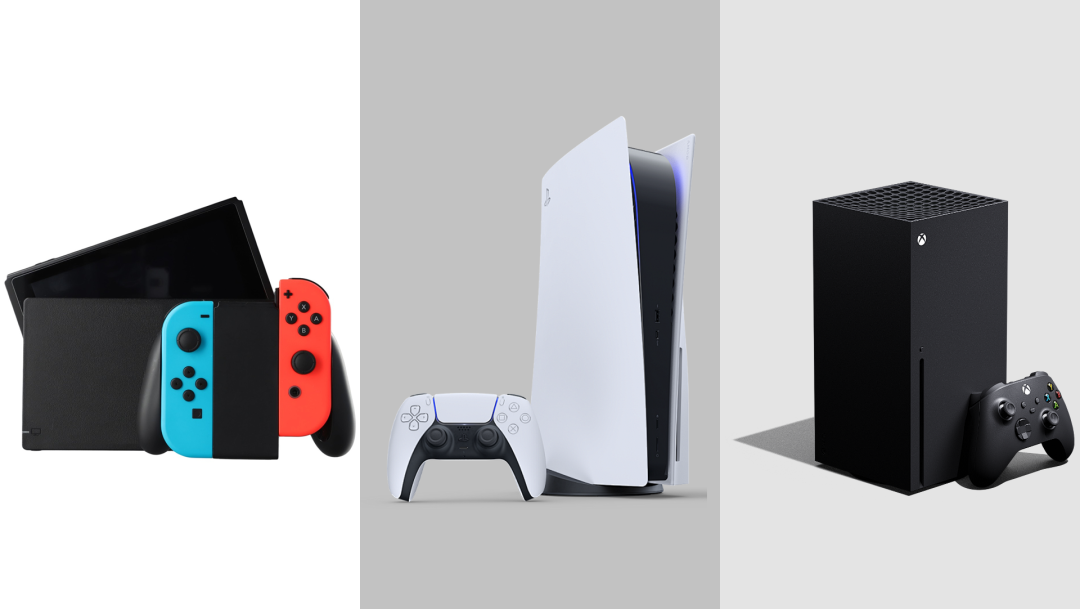
Nintendo, with its unique innovative concept and game content suitable for all ages, has built an unshakeable competitive barrier. The Switch series of consoles has become an absolute blockbuster in gaming history due to its differentiated product positioning.
The success of the Switch is not accidental. Nintendo accurately grasped market demand and launched a game console that balances both handheld and home console attributes. While it may not match the hardware performance of the PS5 and Xbox Series X/S, it excels in game content and gameplay innovation. The emergence of phenomenal games like 'The Legend of Zelda: Breath of the Wild' and 'Animal Crossing: New Horizons' has propelled the Switch to new heights.
Nintendo disclosed in its latest financial report that global cumulative sales of Switch series products have reached 150.86 million units, making it Nintendo's best-selling console product. Additionally, Nintendo's software sales have also performed robustly, with sales of multiple first-party games exceeding ten million copies. IP licensing revenue has also brought considerable earnings to Nintendo.
Sony PlayStation, with its high-performance hardware configuration and high-quality exclusive games as its core competitiveness, has attracted a large number of hardcore gamers. The PlayStation platform has always been the preferred choice for AAA game masterpieces.
Microsoft Xbox, on the other hand, has been making inroads into the gaming market in recent years with its strong technical prowess and Xbox Game Pass subscription service. The XGP service is regarded as the 'Netflix' of the gaming industry, bringing disruptive impact to the traditional game sales model.
In the competitive landscape of the 'Big Three', pricing strategies are often one of the key factors influencing user choices, and the outcome of the console war often hinges on pricing strategies. In 2006, the pricing of Sony's PS3 was $100 higher than that of the Xbox 360, giving Microsoft the upper hand. If it weren't for issues like the 'red ring of death,' it would have been difficult for Sony to withstand Microsoft's offensive during the PS3 era; in 2013, the PS4 was $100 cheaper than the Xbox One, helping Sony regain market dominance.
When Nintendo Switch 2 faced pricing pressure due to tariff issues, Sony PlayStation should have welcomed an excellent market opportunity. Judging from the current measures of the Trump administration, there seems to be no sign of stopping, and it is likely to evolve into a market variable sufficient to disrupt the balance of the 'Big Three'.
If Sony had maintained the price stability of the PlayStation 5 or even launched more attractive promotional activities, it could have competed with Nintendo for a portion of price-sensitive users and expanded PlayStation's market share.
Furthermore, if Sony had introduced more appealing preferential policies for PlayStation Plus membership services during this critical period, such as limited-time discounts, buy-one-get-one-free promotions, and membership upgrades, it would have effectively enhanced the attractiveness of the PlayStation platform and attracted more new users to join the PlayStation ecosystem.
Moreover, Sony could have seized this opportunity to strengthen cooperation with third-party game developers, launch more exclusive games for the PlayStation platform, and further bolster the brand appeal of PlayStation.
However, Sony ultimately chose to raise prices, seemingly turning away from this wave of immense wealth.
Some images are sourced from the internet. Please inform us for deletion if there is any infringement.



